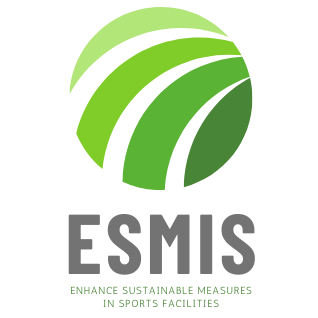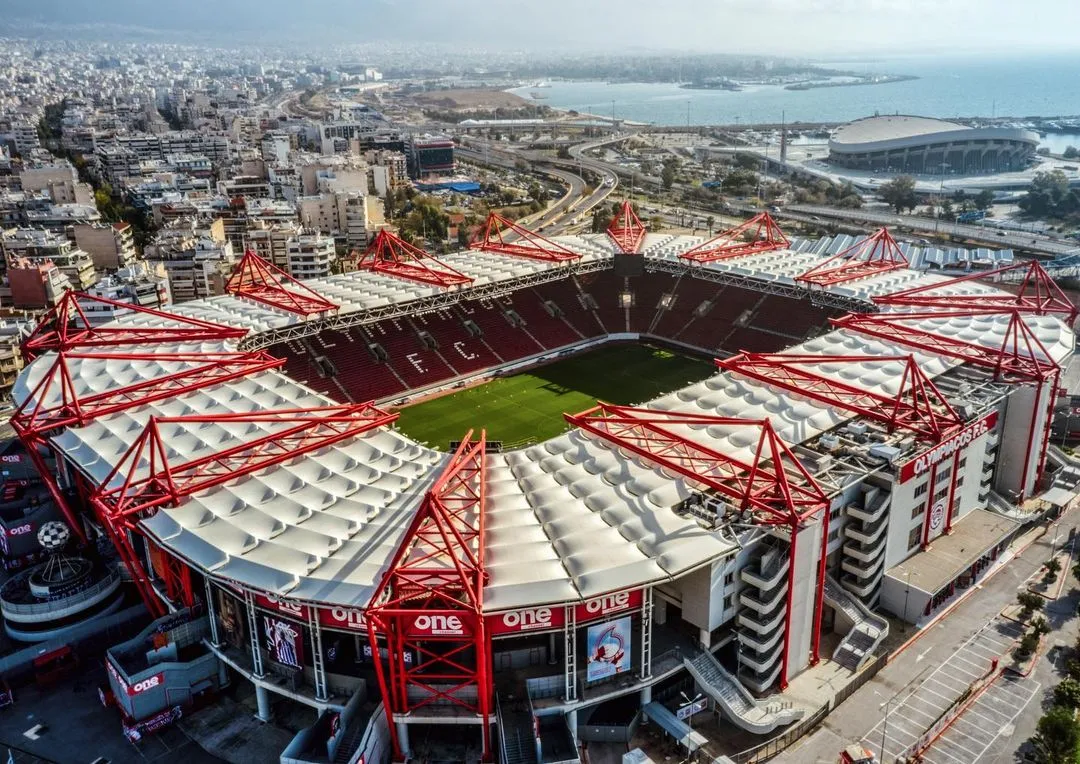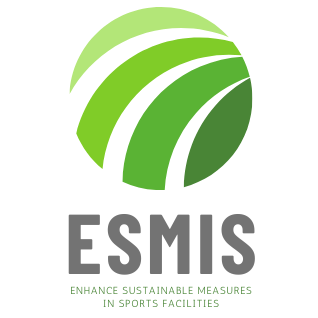

No
Karaiskakis Stadium is a football stadium in Piraeus, Greece, serving as the home of Olympiacos F.C.. It has a seating capacity of 32,115 and was fully renovated in 2004. Sports Spaces Football pitch (main facility) Limited training areas Gym & fitness center Other Spaces Olympiacos Museum VIP & hospitality suites Press & media rooms Shops & restaurants Parking facilities Is it part of a sports complex? No, it is primarily a football stadium and not part of a larger sports complex. It was originally a multi-sport venue, but after the 2004 renovation, it became exclusively dedicated to football.
The innovation focuses on optimizing temperature control and energy efficiency through three key upgrades:
Installation of Heating Pumps – Modern heat pumps replace outdated systems, utilizing heat transfer instead of direct generation, reducing energy consumption and operational costs.
Replacement of Old Structures with Energy-Efficient Frames – New window and door frames with improved insulation properties minimize heat loss, ensuring stable indoor temperatures and reducing heating and cooling needs.
Addition of Thermal Facades – Insulated external facades enhance heat retention, reducing energy waste and improving thermal comfort.
Implementation: This requires planning, material selection, and skilled labor. The process includes assessing existing structures, removing outdated components, and installing new energy-efficient solutions.
Requirements: Investment in high-quality materials, compliance with energy regulations, and collaboration with engineers and contractors. The outcome is reduced energy consumption, lower emissions, and improved living conditions.
Technical innovation
€
None
Advantages
Energy savings – Heat pumps, energy-efficient frames, and thermal facades significantly reduce overall energy consumption.
Improved comfort – Enhanced insulation maintains stable indoor temperatures, minimizing heat fluctuations.
Reduced CO₂ emissions – Increased energy efficiency lowers environmental impact and promotes sustainability.
Disadvantages
High initial cost – Installing heat pumps, new frames, and thermal facades requires a significant investment.
Time and complexity of installation – The process can be time-consuming and requires technical expertise.
Maintenance requirements – Heat pumps and new materials need regular checks to ensure optimal performance.
| Indicator | Value |
|---|---|
| Visits per year | 32 |
| Water Consumption (m³/visit) | |
| Primary energy Usage per year (kWh/m2) | |
| Water Saving (%) | |
| Energy Saving (%) | |
| Waste and Resource Saving (%) |
Energy Efficiency & Renewable Energy Install solar panels on the stadium roof for renewable energy. Replace traditional lighting with LED lights to lower energy consumption. Use smart energy management systems to reduce waste during non-operating hours. Water Management Implement rainwater collection and recycling for cleaning and irrigation. Install low-flow water fixtures in restrooms to reduce water waste. Waste Reduction & Recycling Set up recycling bins for paper, plastic, and aluminum throughout the stadium. Replace single-use plastics with biodegradable or reusable alternatives. Partner with suppliers to use eco-friendly packaging for food and beverages.

Last update: 28 de febrero de 2025 a las 17:31